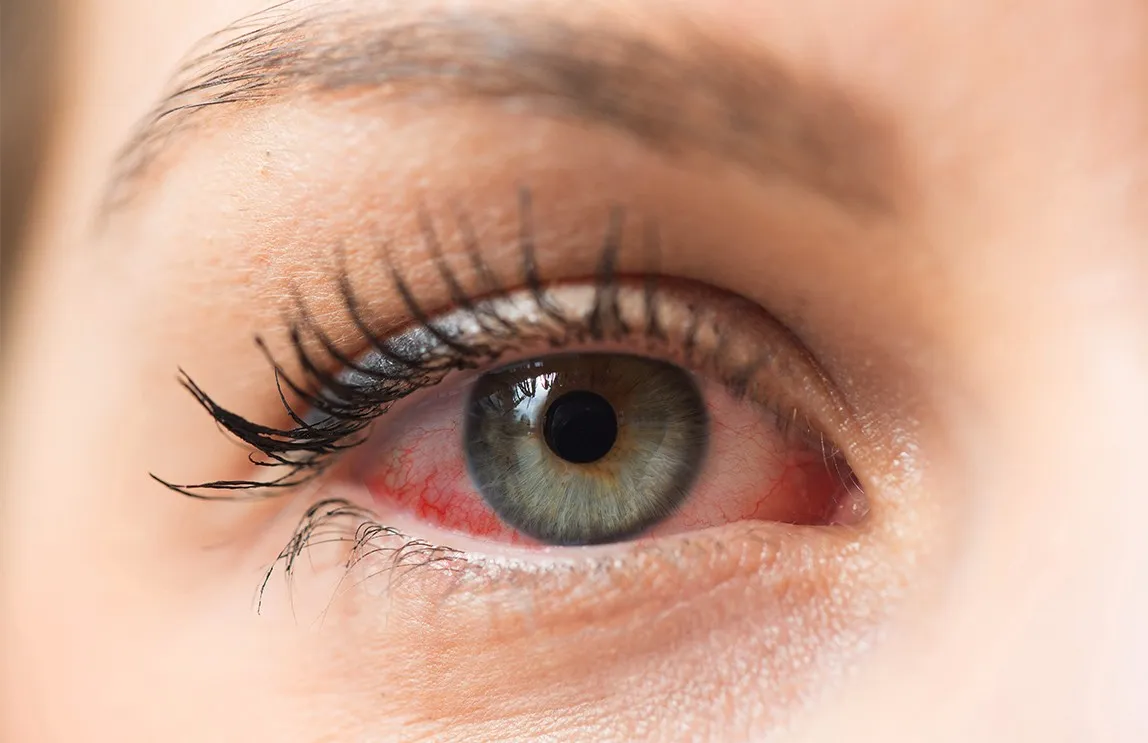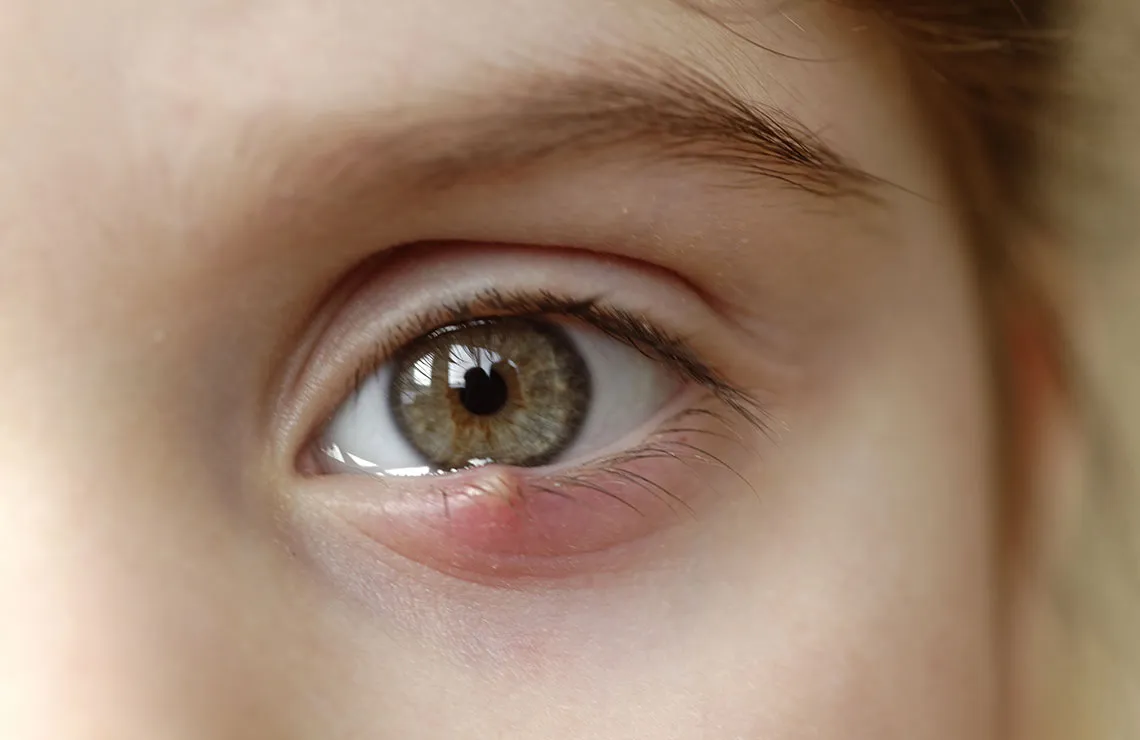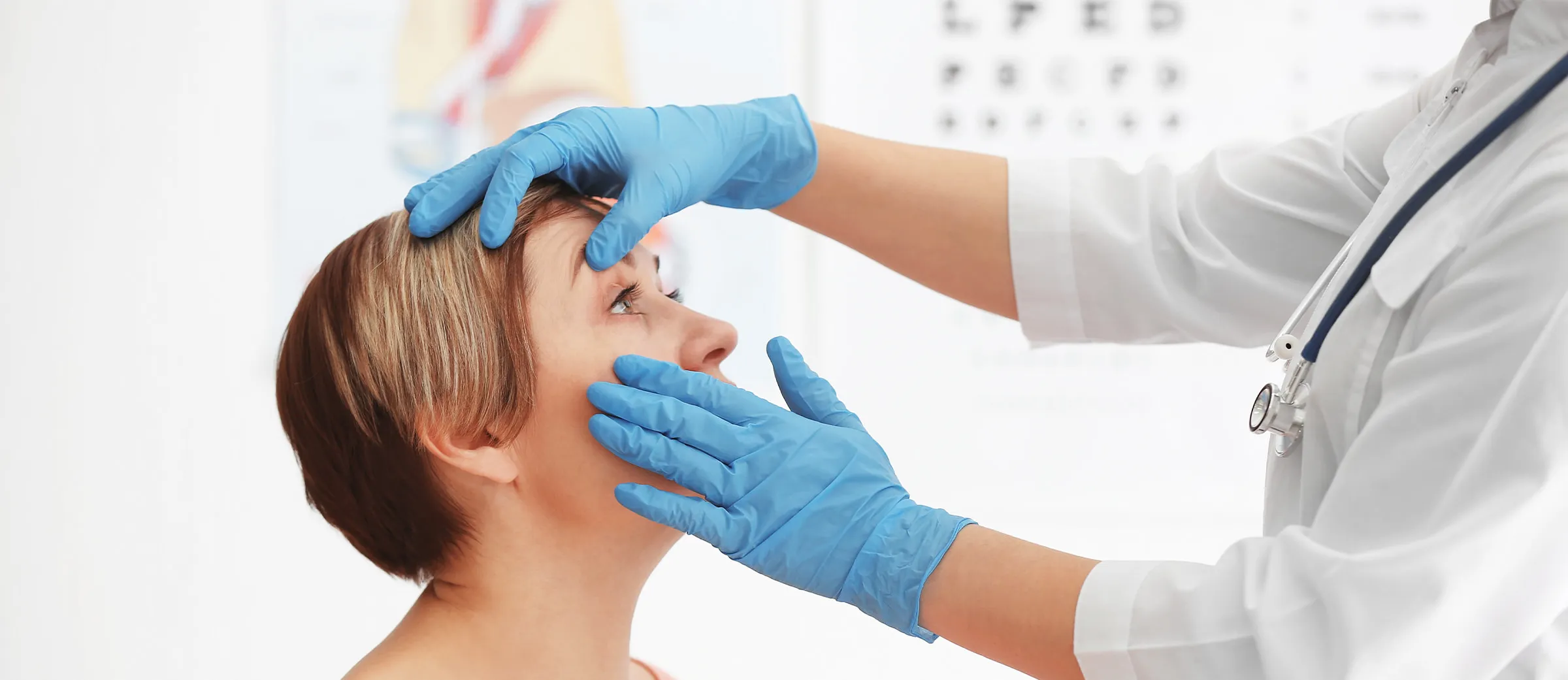Maybe your eyes are itchy and they’re starting to turn a shade of pink. Could it be an infection, you wonder? Your doctor can make the final call, but there are key signs to watch for that can give you clues.
Symptoms Of An Eye Infection
An infection in your eye can show up in many different ways. A lot depends on which part of your eye has the problem. For instance, you can get symptoms in your:
- Eyelid
- Cornea (clear surface that covers the outside of your eye)
- Conjunctiva (thin, moist area that covers the inside of the eyelids and outer layer of your eye)
You may have symptoms in one or both eyes when you have an infection. Look out for this kind of trouble:
How your eye feels:
- Pain or discomfort
- Itchy eyes
- Feeling that something’s on or in your eye
- Eye hurts when it’s bright (light sensitivity)
- Burning in your eyes
- Small, painful lump under your eyelid or at the base of your eyelashes
- Eyelid is tender when you touch it
- Eyes won’t stop tearing up
- Irritation in your eyes
How your eye looks:
- Discharge out of one or both eyes that’s yellow, green, or clear
- Pink color in the “whites” of your eyes
- Swollen, red, or purple eyelids
- Crusty lashes and lids, especially in the morning
How well you see:
- You may find you have blurry vision.
- Some other problems you may get are fever, trouble wearing contacts, and swollen lymph nodes near your ear.

Types Of Eye Infection
After you see your doctor, he/she may name the infection using one of the following terms:
Pinkeye (conjunctivitis):
It’s an infection of your conjunctiva and usually gives your eyes a pink tint. It can be caused by a bacteria or virus, although sometimes you might get it from an allergic reaction or irritants. It’s common to get pinkeye when you have a cold.
Stye:
This is an infection characterized by painful red bumps under your eyelid or at the base of your eyelashes. You get them when the oil glands in your eyelid or eyelashes get infected with bacteria.
Keratitis:
This is an infection of your cornea. It can be caused by bacteria, viruses, or parasites in water. It’s a common problem for people who wear contact lenses.
Fungal eye infections:
It’s rare to get infections from a fungus, but they can be serious if you do. Many fungal eye infections happen after an eye injury, especially if your eye was scraped by something from a plant, like a stick or a thorn. You can also get one if you wear contacts and don’t clean them properly.
Uveitis:
This is an infection of the middle layer of your eye, called the uvea. It’s sometimes linked to an inflammatory disease like rheumatoid arthritis or lupus.
Before deciding on the best treatment for your infection, your doctor will need to look at your eye and may also take a tissue or fluid sample. Your doctor will send it to a lab, where it gets checked under a microscope or put into a dish to make a culture. Based on what the lab finds, your doctor may prescribe medication you take by mouth, a cream you spread on your eyelid and eye, or eyedrops. If the infection is due to an injury, allergy, irritant, or other health condition, your doctor may suggest other treatments to deal with those issues. You shouldn’t wear contact lenses until your eye infection has cleared up.

What Is Pinkeye?
Pinkeye — also called conjunctivitis — is redness and inflammation of the clear membranes covering the whites of the eyes and the membranes on the inner part of the eyelids. Pinkeye is most often caused by a virus or by a bacterial infection, although allergies, chemical agents, and underlying diseases can also play a role.
Is Pinkeye Contagious?
Viral and bacterial pinkeye are extremely contagious. It’s easily spread through poor hand washing or by sharing an object (like a towel) with someone who has it. It can also spread through coughing and sneezing. Kids diagnosed with infectious pinkeye should stay out of school or daycare for a short period of time. Allergic pinkeye (caused by seasonal pollens, animal dander, cosmetics, and perfumes) and chemical pinkeye (from chemicals or liquids, including bleach and furniture polish) are not contagious.
Pinkeye Symptoms
Redness of the eye is the most common symptom of pinkeye. Pinkeye is a common condition that is rarely serious and unlikely to cause long-term eye or vision damage if promptly detected and treated. Itchy or burning eyes, lots of tearing and drainage, and crusty eyelids are all typical of pinkeye. Lots of tearing and drainage from the eye, crusty eyelids.
Easing Pinkeye Symptoms
To reduce pain and to remove the discharge of bacterial or viral pinkeye, use a cold or warm compress on the eyes. Make sure to use a new clean washcloth for each eye to prevent spreading any infection. Clean the eye from drainage by wiping from the inside to the outside of the eye area.
Treating Pinkeye
Bacterial pinkeye is treated with antibiotic eyedrops, ointment, or pills to clear the infection. Most viral pinkeye cases have no specific treatment — you just have to let the virus run its course, which is usually four to seven days.
Allergic pinkeye symptoms should improve once the allergen source is removed and the allergy itself is treated but can get relief with antihistamines. Chemical pinkeye requires prompt washing of the affected eye(s) for five minutes and an immediate call to the doctor.

What is a Stye?
A stye, clinically called a hordeolum, looks like a big, red pimple on the edge of your eyelid. In actuality, it’s a growth that’s due to an infection or injury and it can occur on either your upper or lower eyelid.
Most of the time, a stye heals on its own, but occasionally, if it’s really stubborn, you may need to visit your ophthalmologist for treatment that includes eye drops or even stye surgery. Styes typically don’t lead to permanent vision problems, but they can impair your sight while they’re active.
If you are having any abnormal symptoms, you should always be evaluated with a comprehensive eye examination for an accurate diagnosis and treatment plan as it may be a symptom or sign of a serious illness or condition.
Symptoms Associated With Styes
The most obvious sign that you’ve developed a stye is the big bump on your eyelid that looks as if it’s filled with pus, like a pimple. Also, if you’ve had styes in the past, you are more likely to get them in the future, so there’s a good chance that you’ll know it when you see it. You may even be able to catch it in the earliest stages because of your past experience.
Other symptoms can include:
- Swelling in the corner of your eye
- Swelling in your whole eye
- Eye pain
- Tenderness to the touch
- Redness in the area
- Sensitivity to light
- Tearing and watery eyes
- Feeling like there’s some foreign matter in your eye
- Puffiness around your eye
- Gritty or dry feeling
Very often, a stye can subside and disappear on its own after a couple days, but if you still have symptoms after 48 hours, you should visit your ophthalmologist to make sure there’s nothing more serious going on and to get proper treatment.
Additionally, if the swelling spreads to other parts of your face or cheeks or if the redness seems to spread, get immediate medical attention from your eye doctor. A stye should always be evaluated with a thorough consultation and examination by a local optometrist or ophthalmologist for an accurate diagnosis and treatment plan as it may be a symptom or sign of a serious illness or condition.
Causes Of A Stye
Bacterium staphylococcus is the main cause of the eyelid infection that leads to a stye. The staphlococcal bacteria reside in your nose. You spread the infection by rubbing or picking your nose and then rubbing your eyes.
Styes are very contagious, but most everyone carries the bacterium staphylococcus in their noses, so you can develop a stye without getting the bacteria from another person. At the same time, when you do have a stye, you should take extra hygiene precautions so that you don’t spread it to others:
- Wash your hands frequently.
- Don’t share towels, sheets or pillowcases.
- Clean your washcloths after each use.
And when you suspect someone else has a stye, be careful not use items after they do so that you don’t inadvertently pick up the infection and spread it to your eyes.
Risks of Getting A Stye
While being in contact with someone who has a stye certainly puts you at risk of developing the infection yourself, other common risks that you may encounter can include:
- Using expired or old makeup
- Having rosacea, a condition that causes redness on your face
- Sleeping with your eye makeup still on
- Having inflammation on your eyelid that’s known as blepharitis
- Touching your eyes while carrying the bacteria
- Putting in contact lenses without first washing your hands

Contact Southern Eye Group
If you are interested in learning more about LASIK, PRK, and other vision correction surgery procedures, please contact us to schedule a consultation with our ophthalmology team at one of our many locations throughout the Gulf Coast.
The doctors at Southern Eye Group have either authored or reviewed and approved this content.
Page Updated:


